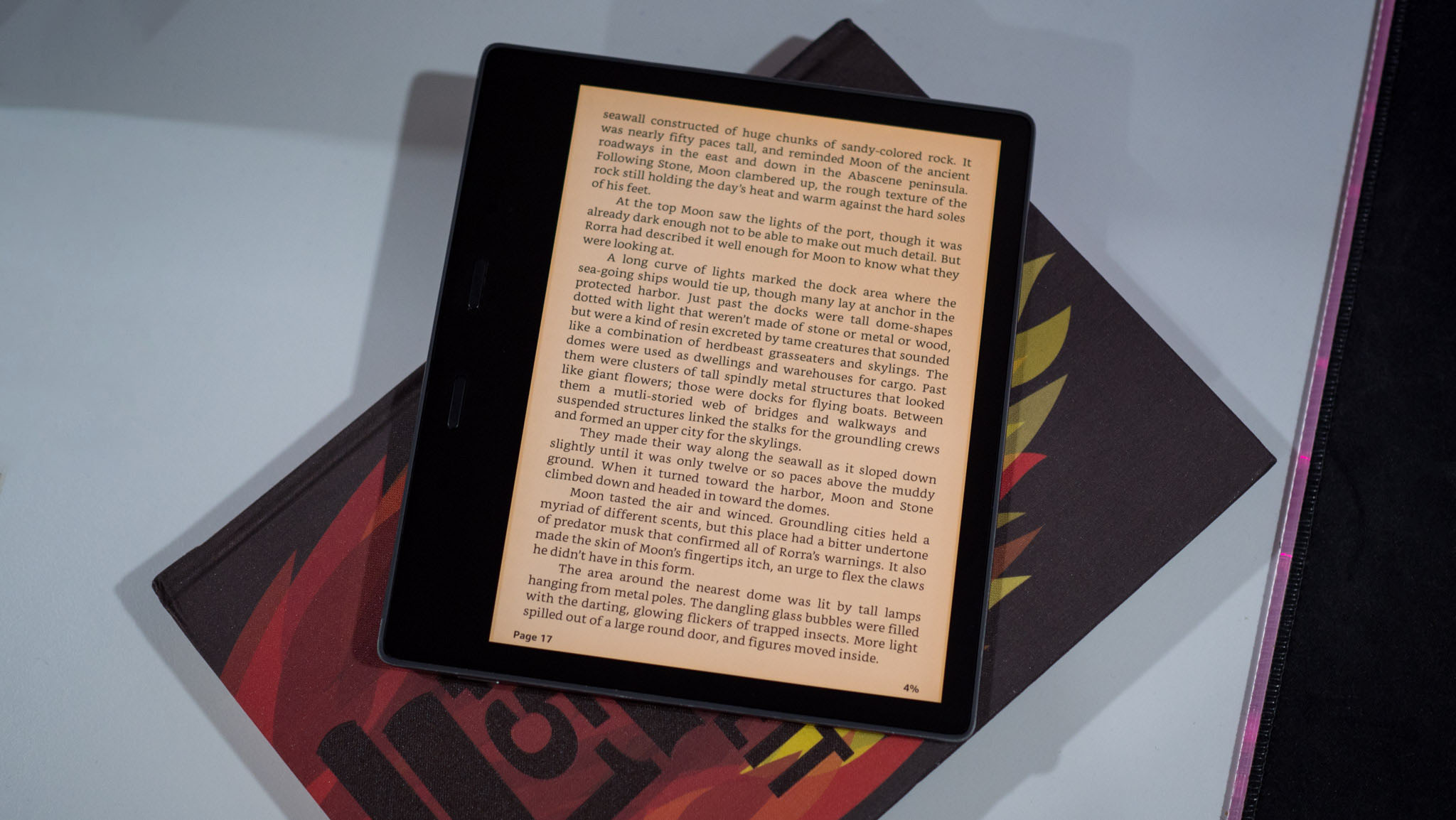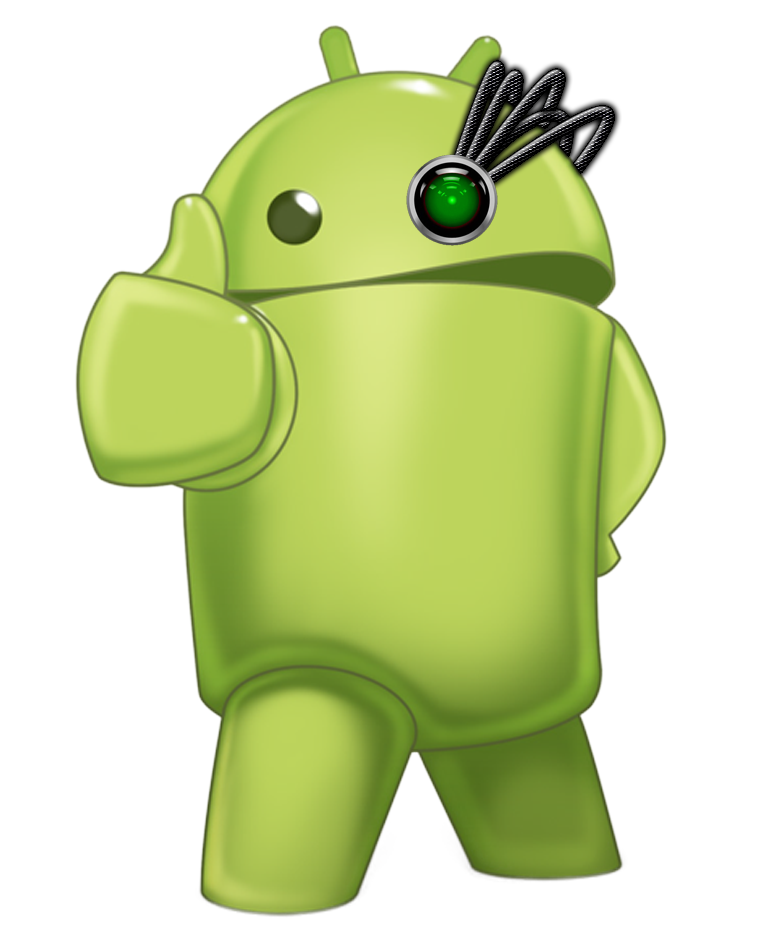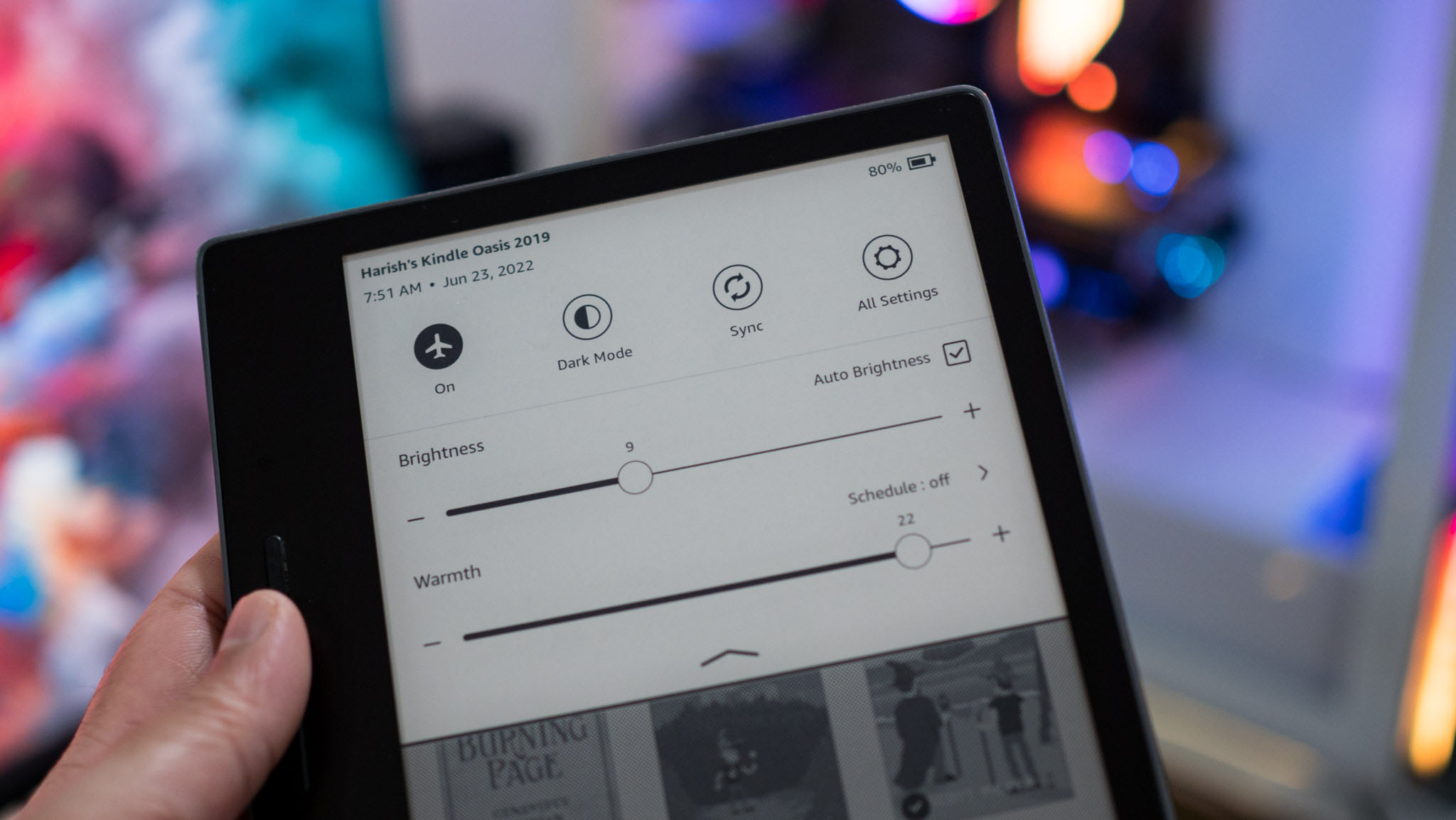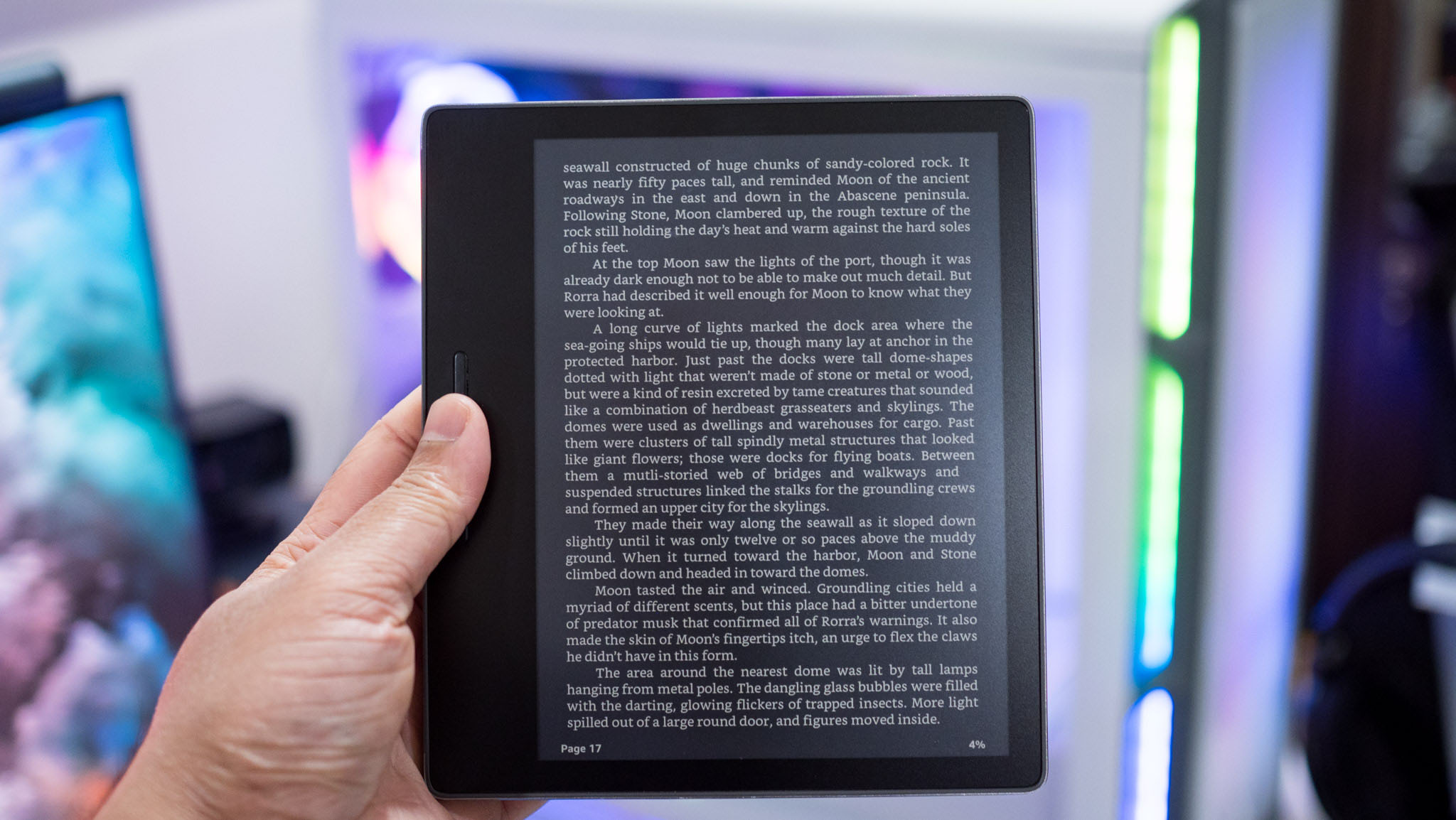
I started using the Kindle Oasis soon after it debuted in 2019, switching from the previous-gen Oasis that lacked the warm light feature. In the intervening five years, I used the Oasis extensively; after my monitor, the e-reader gets the most amount of screen time every week.

In Hardwired, AC Senior Editor Harish Jonnalagadda delves into all things hardware, including phones, storage servers, and routers.
All that usage has taken a toll on the battery life; I used to get a week's worth of use between charges, but these days, the battery barely lasts long enough to read one book. While that isn't as big a problem at home, I'm not confident in its ability to last a transatlantic flight (not that I'm making those journeys anymore, but that's a matter for another day).
The other issue I have with the Oasis is that it charges via Micro-USB. This wasn't a problem back in 2019, but nowadays, the Oasis is the only device in my daily rotation that still uses the Micro-USB port. I didn't think much of it at the time, as I figured Amazon would launch a follow-up model with USB-C.
But it's clear that Amazon has no intention of doing so. The 10th Gen Kindle Oasis is still on sale in India as of writing, but it's unavailable everywhere else, and unlikely to be restocked. Amazon lists the international edition for just $135, and while that is a stellar price, it isn't eligible for delivery in the U.S. Given that Amazon has refreshed all the other models in the series, it's evident that there are no plans to do so with the Oasis. That's annoying, because even after half a decade, the Oasis continues to be the best e-reader around.

A lot of what makes the Oasis stand out is the asymmetric design and the aluminum build; it just feels better to hold and use than any other e-reader. But what I like the best about the device — and why I continue to use it daily — is the page turn buttons. Physical page turn buttons absolutely make a difference when reading an e-book, and the ability to change orientation and use the buttons with either hand is the reason I use the Oasis over other e-readers.
The Oasis nails the dimensions as well, and the 7-inch screen is ideally suited for reading books. Coming in at 194g, it isn't too heavy to hold one-handed either. Essentially, what I'm trying to get at is that the Oasis is still the best e-reader ever made, and it's frustrating that Amazon has no interest in making a new one.
Amazon is instead focusing its attention on the Kindle Scribe and the Paperwhite Signature, with the latter in particular taking up the mantle of the Oasis. The Paperwhite Signature is more affordable at $189, charges via USB-C and the Qi standard, and has E Ink's Carta 1200 panel with 300ppi pixel density. But there are no page turn buttons, and the plastic design isn't anywhere as nice to hold as the Oasis.

If you're a long-time Oasis user and are looking for a new e-reader, the best option may be the Onyx Boox Page. It also has a 7-inch E Ink Carta 1200 panel, physical page turn buttons, and weeks-long battery life. Onyx's software has a lot going for it as well — that was evident after using the Note Air 3 — and at $249, the Boox Page slots in at the same price point as the Oasis. While I haven't used Kobo's e-readers, the Libra Colour looks like a decent alternative, offering a color E Ink screen along with page turn buttons.
That said, I exclusively used Kindles for over a decade because of the convenience. While I buy from smaller publishers these days, a chunk of my e-book library is tied to my Amazon account, and the Kindle e-store — along with Kindle Unlimited — makes buying and reading e-books a breeze. But with Amazon unwilling to release a new high-end e-reader, it is becoming increasingly clear that I'll need to switch to Onyx or Kobo's products once my Oasis becomes unusable.




!["[T]he First and Fifth Amendments Require ICE to Provide Information About the Whereabouts of a Detained Person"](https://images.inkl.com/s3/publisher/cover/212/reason-cover.png?w=600)


